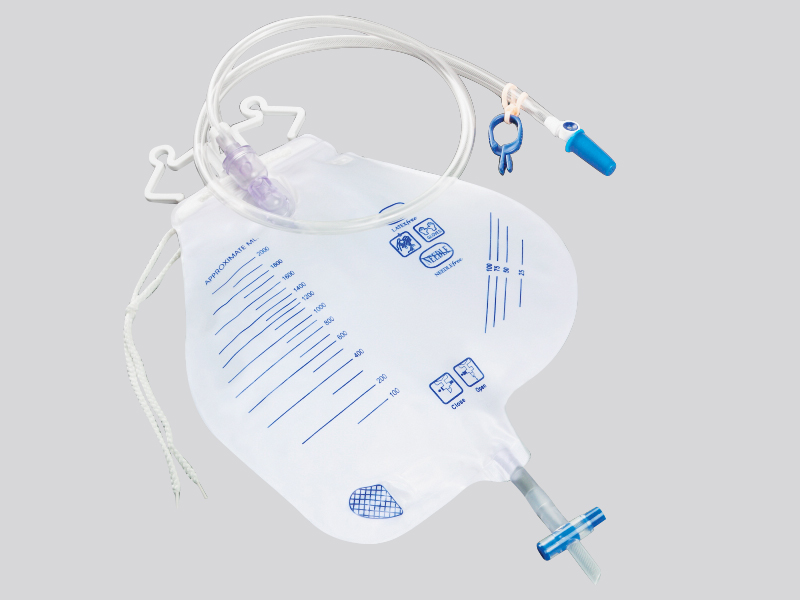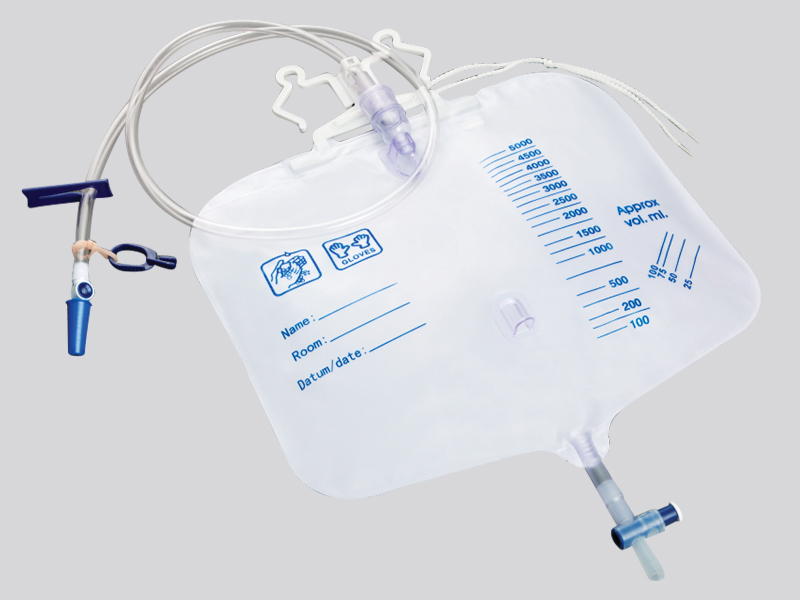The current position:Home > Information dynamic
> Industry Trends
How to reduce nursing burden with disposable drainage bags
source:www.cnboyi.net | Release time:2025年08月18日1. Ready to use, eliminating disinfection and preparation work
Traditional reusable drainage bags require strict cleaning and disinfection (such as high-temperature sterilization and chemical disinfection) before and after use, and the sealing needs to be checked, making the process cumbersome. The disposable drainage bag has been sterilized (such as ethylene oxide sterilization) before leaving the factory. After the packaging is opened, it can be directly connected to the drainage tube for use without additional disinfection or pretreatment, greatly reducing the preparation time for nursing. It is especially suitable for busy clinical scenarios (such as batch nursing in wards) or caregivers with less operational experience in home nursing.
2. Closed design reduces the risk of infection and minimizes complications in nursing care
Disposable drainage bags are designed with one-way valves, sealed interfaces, etc., which can effectively isolate air and external pollutants, avoid backflow of drainage fluid or bacterial invasion, and reduce the risk of complications such as urinary tract infections and puncture site infections.
Reusable drainage bags are prone to interface wear and decreased sealing due to repeated use, requiring frequent observation and treatment of signs of infection (such as cloudy urine and fever in patients); And disposable bags are discarded after a single use, reducing the need for infection screening and subsequent care work caused by repeated use of equipment.
3. Integrated functions simplify daily maintenance
Most disposable drainage bags integrate practical designs for easy care, reducing daily operational steps:
Clear scale: The bag body is marked with a volume scale (such as one unit per 100ml), and nursing staff do not need to use an additional measuring cup to measure. They can directly read the amount of drainage fluid, simplifying the recording process;
Convenient drainage: The bottom is equipped with a spiral or press type drainage valve, which can be quickly emptied by opening without disassembling the connector, making the operation more time-saving and reducing the risk of contamination caused by drainage fluid contact;
Hanging/fixing design: Comes with hanging ropes, hooks, or adhesive patches, which can be firmly fixed on the edge of the bed or wheelchair, avoiding bag tipping and leakage, reducing additional care work such as cleaning and changing bed sheets caused by leakage.
4. Disposable after use, saving on recycling and processing costs
Disposable drainage bags can be discarded according to medical waste standards after use, without the need for sorting, centralized disinfection, maintenance, and other processes like reusable bags. This not only reduces the workload of nursing staff in recycling and transportation, but also avoids the cost of repeated replacement and maintenance caused by equipment aging (such as bag damage and valve failure), indirectly reducing the burden of nursing management.
Prev:
Which patients are most suitable for disposable a…
Next:
What industries are disposable enema bags used in

 Cn
Cn En
En WeChat ID:
WeChat ID:







 Contact us
Contact us
 Add WeChat
Add WeChat
 Telephone
Telephone